The golden savanna stretches endlessly beneath a cobalt sky, where acacia trees cast elongated shadows across the dust. This is the theater of the wild, where the ancient rhythm of predator and prey unfolds with unscripted intensity. Wildlife safaris offer more than mere observation—they immerse travelers in Earth’s last untamed frontiers, where every rustle of grass whispers a story older than humanity itself.
The Allure of the Untamed
There’s a primal magnetism to witnessing lions sprawled atop termite mounds or elephants carving paths through thorny brush. Unlike curated zoo encounters, safaris demand surrender to nature’s unpredictability. A leopard might materialize from dappled shadows, its spots dissolving into the foliage before your camera focuses. Herds of wildebeest could stampede across muddy rivers, crocodiles thrashing beneath their hooves—all while your Land Rover’s engine idles in silent witness. These aren’t scenes from documentaries; they’re visceral, scent-filled moments where the line between spectator and participant blurs.
Modern safaris have evolved beyond colonial-era trophy hunts. Today’s ethical operators prioritize conservation over conquest, partnering with local communities to protect habitats. Lodges like Singita Pamushana in Zimbabwe fund anti-poaching units, while Botswana’s Okavango Delta camps limit tourist numbers to reduce ecological impact. Travelers now contribute to preservation simply by being there—their fees funding wildlife corridors and education programs. The irony is rich: humanity, which once pushed these ecosystems to collapse, now becomes their financial lifeline.
The Symphony of the Wild
Dawn on safari begins not with an alarm but with a crescendo—a hyena’s whoop, the basso profundo of a distant lion, the metallic chirps of oxpeckers riding buffalo like feathered knights. Guides decode these sounds with shamanic precision. A snapped twig signals elephants approaching; vultures circling indicate a kill miles away. The bush telegraph operates in real-time, its messages written in tracks and dung. Learning to "read" the wilderness becomes addictive, turning guests into amateur trackers squinting at paw prints in the silt.
Night drives reveal an alternate universe. Infrared spotlights catch the ember-glare of predator eyes—leopards’ golden orbs, hyenas’ manic red flickers. Smaller dramas unfold: dung beetles rolling their prizes like Sisyphus, bushbabies launching between branches with gymnastic grace. The darkness amplifies sounds—the rasp of a leopard’s tongue on fur, the crunch of bones between a lion’s jaws. It’s raw and unfiltered, a reminder that civilization’s comforts are but a thin veneer over our shared animal past.
When the Wild Bites Back
Safaris aren’t sanitized adventures. A bull elephant may mock-charge vehicles to test boundaries; buffalo herds stare down intruders with bovine disdain. In Zambia’s South Luangwa, hippos—statistically Africa’s deadliest mammal—snort at canoes drifting too close. Seasoned guides respect these boundaries, understanding that true wilderness requires negotiation, not domination. There’s humility in realizing your safari vehicle is just another herbivore in the hierarchy—observed by baboons from treetops, sniffed at by curious giraffes.
Climate change adds new urgency to these journeys. The Great Migration’s timing grows erratic as rains falter; rhino populations dwindle despite armed guards. Yet resilience persists—cheetahs adapting to hunt at dusk to avoid heat, desert lions in Namibia learning to sip morning dew from metal cables. Safaris now document not just nature’s grandeur but its astonishing adaptability, offering hope wrapped in adventure.
The Human Thread
Behind every unforgettable sighting stands a guide whose knowledge borders on sorcery. These are men and women who can identify 300 birdcalls, track lions by flattened grass, and recite the medicinal uses of every plant. Their stories reframe the landscape—a termite mound becomes a pharmacy, a baobab tree a centuries-old community meeting spot. Campfire conversations reveal how Maasai warriors now protect the lions their ancestors once hunted, or how former poachers in Kenya’s Lewa Conservancy earn more as rangers than they ever did from ivory.
Lodges themselves have become conservation hubs. Places like Sarara in Kenya’s Namunyak Conservancy employ Samburu warriors as spotters, channeling tourism dollars into schools and clinics. Guests sleep under thatch roofs to the rumble of elephants at nearby waterholes, knowing their presence helps keep those elephants alive. This symbiotic relationship between traveler and terrain is safari’s most profound evolution—from extraction to reciprocity.
The magic of safari lingers long after the dust washes out of your clothes. It’s in the way office stress seems trivial compared to a lioness teaching cubs to hunt, or how supermarket beef loses its appeal after watching vultures clean a kill to the bone. These journeys recalibrate our place in nature’s web—not as masters, but as awestruck participants in a world that thrives with or without us. And perhaps that’s the greatest trophy any safari can bestow.
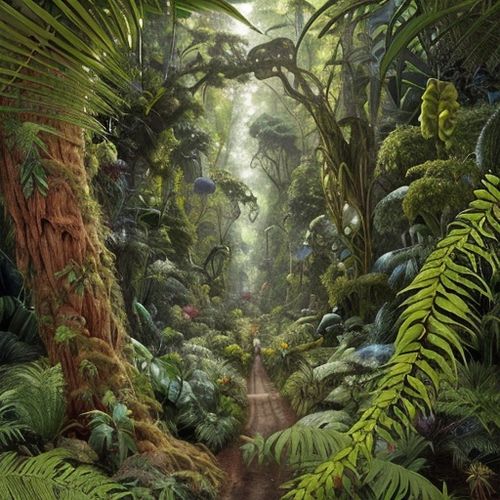
By George Bailey/Apr 28, 2025
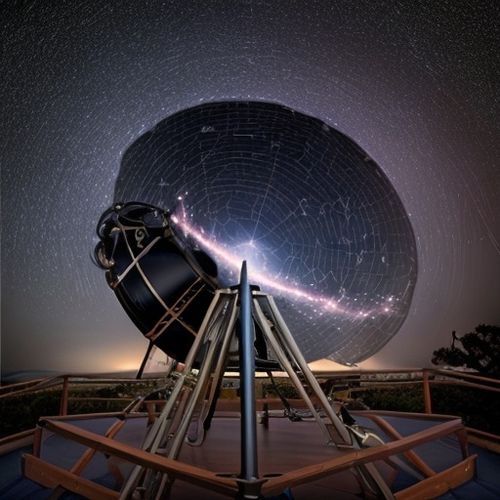
By Lily Simpson/Apr 28, 2025

By Grace Cox/Apr 28, 2025
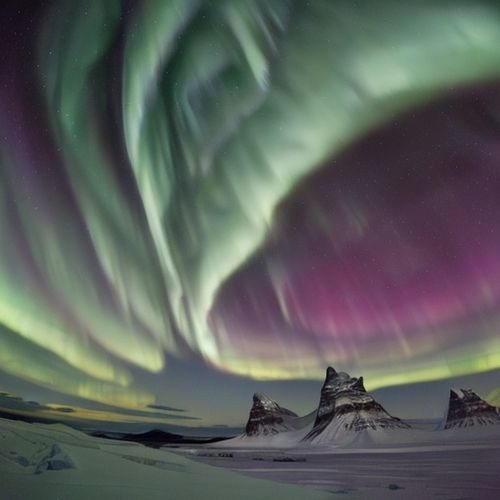
By David Anderson/Apr 28, 2025
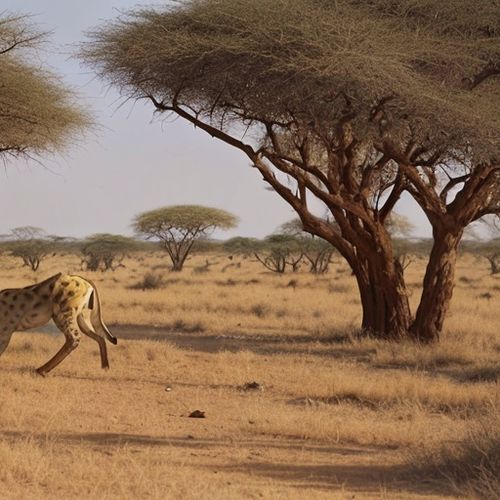
By Megan Clark/Apr 28, 2025

By Natalie Campbell/Apr 28, 2025
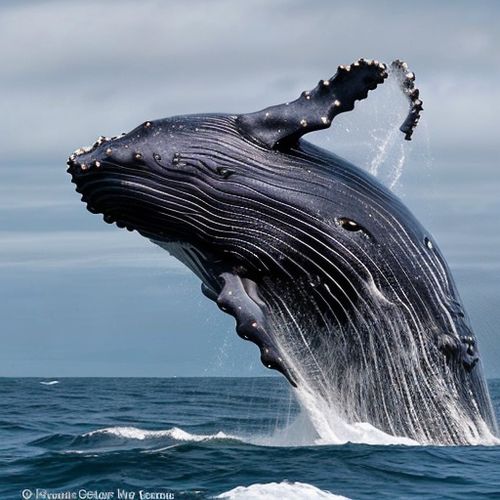
By Olivia Reed/Apr 28, 2025
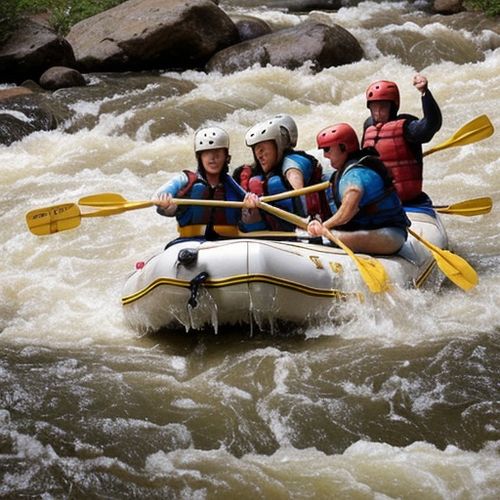
By Rebecca Stewart/Apr 28, 2025
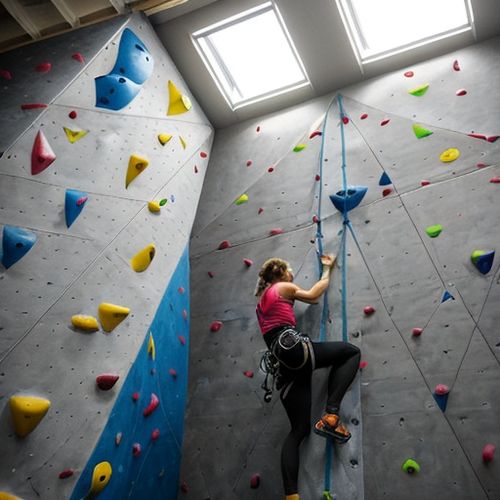
By Eric Ward/Apr 28, 2025

By Grace Cox/Apr 28, 2025
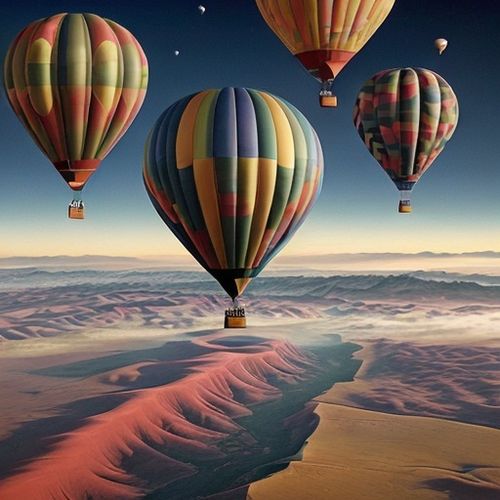
By Noah Bell/Apr 28, 2025

By George Bailey/Apr 28, 2025
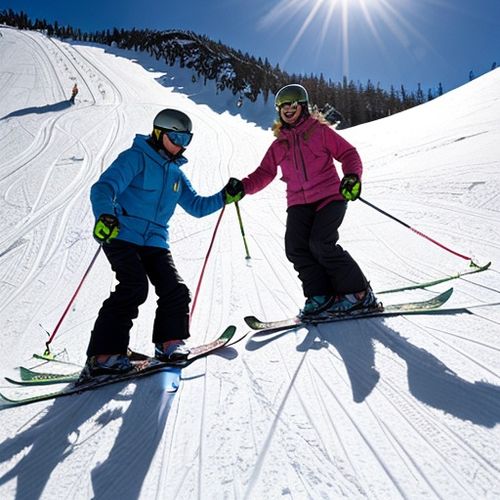
By Michael Brown/Apr 28, 2025

By Samuel Cooper/Apr 28, 2025

By Laura Wilson/Apr 28, 2025
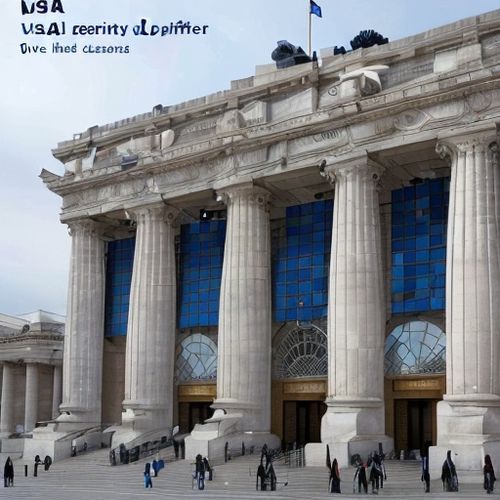
By David Anderson/Apr 28, 2025
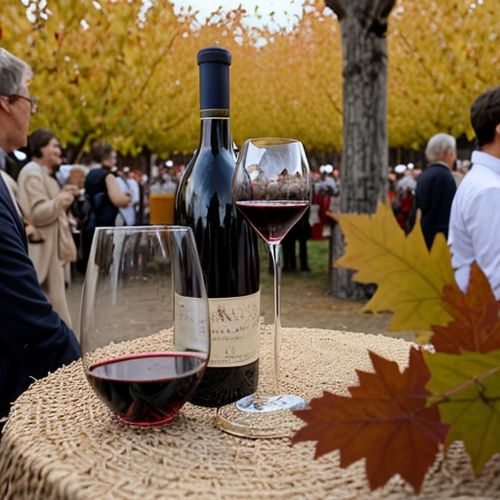
By Noah Bell/Apr 28, 2025

By Benjamin Evans/Apr 28, 2025

By Megan Clark/Apr 28, 2025

By Noah Bell/Apr 28, 2025